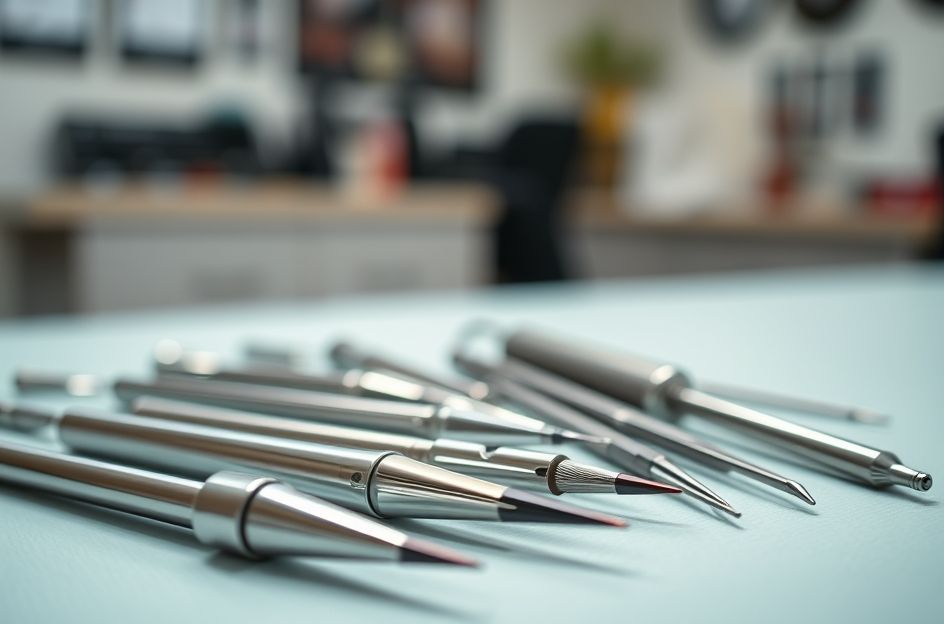Body piercing involves creating an opening in the body to insert jewelry. Over time, the body heals, forming a fistula, which is a channel through the skin that accommodates the jewelry.
Several methods are employed for body piercing, each with its own advantages and disadvantages:
* **Needle Method (Standard):** This common technique utilizes a hollow needle to create the piercing. The needle makes an opening, and the jewelry is immediately inserted, following the needle to keep the opening from closing. This method doesn’t remove any tissue. The needle is typically larger than the initial jewelry to reduce pressure during healing and allow the fistula to form properly.
* **Piercing Guns:** These devices force a stud through the skin. Often used on earlobes by non-professionals, piercing guns pose a significant risk of infection due to the difficulty in sterilizing them effectively, potentially transmitting pathogens.
* **Cannula Method:** Similar to the needle method, this technique uses a needle with a cannula (a hollow plastic tube) attached. The jewelry is inserted into the cannula, and both are pulled through the opening simultaneously. This method is common in Europe.
* **Scalpel Method:** A scalpel can be used to create a larger opening for large-gauge piercings. This method is often employed for ear piercings and can correct asymmetries resulting from incorrect placement of previous piercings. A surgically created fistula typically will not close on its own if the jewelry is removed, requiring surgical intervention to close it.
* **Pierce and Taper:** This method is suitable for elastic body parts and larger gauge piercings. After piercing with a needle, a tapered steel bar, larger than the needle, is inserted to enlarge the opening. The jewelry is then inserted, following the taper.
* **Dermal Punching:** This method involves removing a circular area of tissue using a dermal punch, often used for upper ear piercings. This alleviates pressure on the piercing and enhances its long-term viability. Similar to scalpelled piercings, these fistulas will not close on their own.
